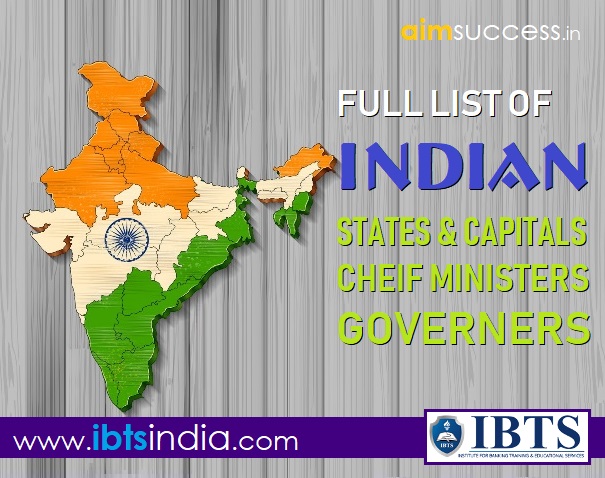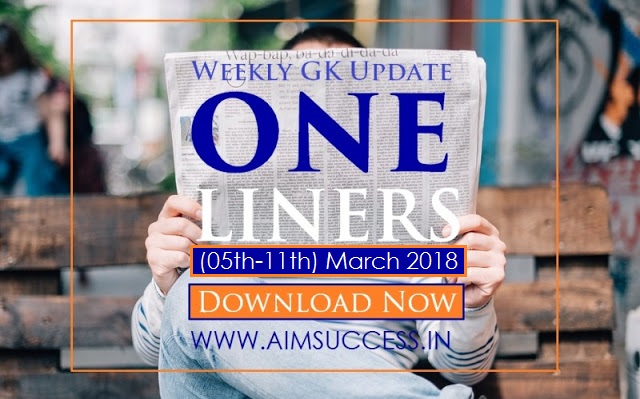Reading Comprehension for IBPS PO/Clerk/SO/Canara Bank 2018: 02 December
Directions (Q. 1-10): Read the passage carefully and answer the questions given below it. Certain words/phrases have been given in bold to help you locate them while answering some of the questions.
Following the government’s high-profile launch of the ‘Make in India’ campaign, an important debate has begun as to the nature and scope of the reforms necessary to ensure the success of this programme.
First, some basic facts. Indian manufacturing has been stagnant, accounting for about 15% of GDP throughout the last decade. India’s share of global manufacturing exports stands at only about 2% — about one-sixth that of China’s. India’s ranking in the World Bank’s ‘Ease of Doing Business’ index stands at an abysmal 142nd out of 189 countries, which indicates just how difficult it is to establish and operate businesses in India, relative to other countries.
Around 500 million Indians are under-20 and, thus, will be of working age in the next 20 years, implying a need for the creation of about a million new jobs each month to provide them gainful employment.
Finally, less than 10% of the workforce is skilled. India has a largely unskilled workforce.
What do the preceding facts imply for the goals of job creation and economic growth? How might we support the aspirations of the young to find high-productivity (and, thus, high-wage) jobs?
An unskilled labour force implies that expansion of skill-intensive services cannot be the primary job-creating solution for India. Hi-tech services, such as the software sector, have marked India’s rise in the last decade, but their growth is ultimately limited by both the shortage of skilled labour and by the limits on global demand. For India to evolve away from its agrarian past, manufacturing must grow, and must grow fast. It is this inescapable conclusion that drives the government’s ‘Make in India’ campaign and the urgency with which it is now being pursued.
What are the impediments faced by the manufacturing sector? The administrative inefficiencies that have stifled domestic and international investment are many. Clearance processes take inordinate amounts of time and are subject to great uncertainties. Approvals that are separately issued by the Centre, the states and local authorities complicate an already messy picture.
Hold-ups by any number of interested parties, at any stage of the process, are possible and, indeed, likely.
Acquiring land to set up large-scale production facilities is difficult to do, at least in part due to restrictions on the eminent domain privileges of the government in acquiring land. Infrastructural support, in the form of transportation networks and energy supply, remains weak. Indian labour regulations remain exceedingly burdensome — requiring, for instance, firms employing more than 100 workers to obtain the permission of the government in order to retrench or lay off workers.
As well-intentioned as India’s policies might have been, they have steadily paved the path to the onerous regime governing Indian manufacturing today. While no one would argue against the need for worker protections, our labour regulations act against the interests of labour itself.
Making it difficult to fire workers makes firms reluctant to hire workers, especially into formal jobs, in the first place. The consequences are a lower demand for labour, pools of informal ‘contract’ workers who do not enjoy legal protection and job security, and the paradoxical shift, in labour-abundant India, to capital-intensive manufacturing techniques. While transparency and fairness are obviously necessary in the acquisition of land, our processes have driven the cost of acquired land to several multiples of international values, raising the cost of making it in India.
As challenging as entering or expanding manufacturing is for domestic businesses — which at least know the regulatory maze — foreign investors face greater uncertainty and fear, discouraging the foreign direct investment that proved so crucial for the technological upgrading, human capital development and global market integration in India’s East Asian neighbours.
The reform challenges are many. However, the government is off to an exceedingly promising start. Prime Minister Narendra Modi has promised a ‘single-window’ mechanism to expedite project clearances at the state and local level. An executive order, still subject to parliamentary approval, has been issued by the Prime Minister to ease land acquisition rules in sectors like power, housing and defence, and to kick-start stalled projects worth hundreds of billions of dollars in these sectors.
- India’s ranking in the World Bank’s ‘Ease of Doing Business’ index stands at 142nd. What does this ranking signify?
(A) This ranking signifies that many other countries are worse than India in this ranking.
(B) This ranking signifies that doing business in India is now not a difficult task.
(C) This ranking signifies that it is difficult to operate business in India relative to other countries.
1) Only (A) and (C)
2) Only (B)
3) Only (A) and (B)
4) Only (B) and (C)
5) All (A), (B) and (C)
- Find the incorrect statement on the basis of the given passage.
1) Indian manufacturing sector has been stagnant throughout the last decade.
2) India’s share of global manufacturing exports stands at only about 2%.
3) Our labour regulations act against the interests of labour itself.
4) Around 500 million Indians will be of working age in the next thirty years.
5) None of these
- What problems does manufacturing sector face as of now?
(A) Inordinate delay in clearance processes
(B) Separate approvals by the Centre, the states and local authorities.
(C) Administrative inefficiencies
1) Only (A)
2) Only (B)
3) Only (C)
4) Only (A) and (B)
5) All (A), (B) and (C)
- What are the consequences of difficulty in firing workers from the firm? Answer in the context of the passage.
(A) The firm becomes reluctant to hire workers, especially in formal jobs.
(B) There is a lower demand for labour.
(C) The firm has to pay more for less production.
1) Only (A) and (B)
2) Only (B) and (C)
3) Only (A) and (C)
4) Only (A)
5) All (A), (B) and (C)
- Prime Minister Narendra Modi has promised a ‘single-window’ mechanism. What is the purpose of his doing so?
1) The Prime Minister wants to provide better services to common people.
2) He wants to supervise the progress at a single window.
3) He wants to expedite project clearances at the state and local level.
4) He wants to ease land acquisition process required for manufacturing sector.
5) All the above
Directions (Q. 6-8): Choose the word/group of words which is MOST SIMILAR in meaning to the word/group of words printed in bold as used in the passage.
- Paradoxical
1) simple
2) evident
3) ironic
4) obvious
5) uniform
- Impediment
1) advantage
2) obstacle
3) strength
4) support
5) help
- Evolve
1) leave
2) halt
3) open
4) emerge
5) stop
Directions (Q. 9-10): Choose the word/group of words which is MOST OPPOSITE in meaning of the word/group of words printed in bold as used in the passage.
- Stagnant
1) dormant
2) sluggish
3) static
4) inactive
5) moving
- Eminent
1) esteemed
2) insignificant
3) outstanding
4) illustrious
5) conspicuous
Answers:
- 1
- 4
- 5
- 1
- 3
- 3
- 2
- 4
- 5
- 2











